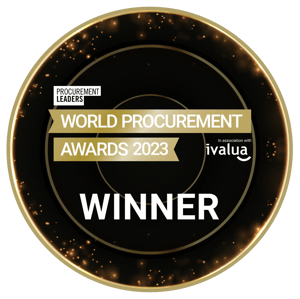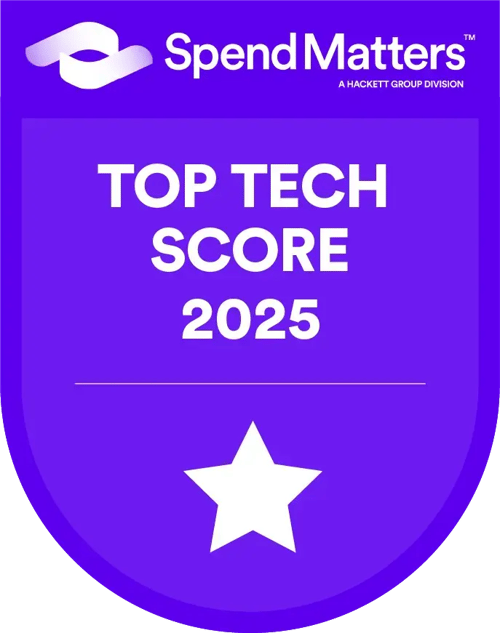Spend analysis aims at creating a fact-based understanding of where a company spends its money: what products and services are being bought, from which suppliers, and the value of these purchases.
The end goal is to enable the identification of procurement-related opportunities and risks. The application of spend analysis ranges from planning category strategies to preparing for individual supplier meetings.
As such, spend analysis is the basic tool required for any company that wants to manage its procurement professionally. So everybody should be doing it – right? Well, yes – kind of.
I am happy to say that most of the companies we talk to today are doing something regarding spend analysis. However, more often than not, the end results of spend analysis exercises and solutions are not living up to the expectations or their potential.
The challenge of crappy data
The foremost reason I hear why companies are failing to do proper spend analysis is that their source data is crap: purchase order coverage is small, master data is a mess, and vendor registries are out of control.
In addition, the data is dispersed in multiple ERPs and other purchasing systems. These can seem to be valid arguments and are probably recognized by anyone who has ever been involved in building spend analysis. However, the fact is that everybody faces these same issues. And I mean everybody.
My experience is that initial spend analysis results can exceed the expectations that companies have based on their own assessment of their data quality. The crux is that if you want your spend analysis to succeed you cannot run it as an IT-led data warehousing project.
You need to have proper tools that support spend analysis, have people that have a deep understanding of what data is required for spend analysis, and involve procurement and business people to make sure that you present the correct data to end users.
Read our FREE ebook Procurement Loves Data!
Don’t fix your source data and systems
If you feel that the only way to get something meaningful out of spend analysis in your company would require implementing drastic changes to your current IT system landscape, you are on the path to the dark side.
First of all, these changes – being them new global ERP or purchasing system initiatives, master data harmonization projects, or corporate data warehouse endeavors – are time-consuming and tedious projects that more often than not exceed budgets and schedules and deliver much less value for spend analysis (or any other analytical) requirements than expected.
Secondly, even if you would have a “perfect” back-end system set up for your procurement, you will still need spend analysis tools. Your business will change faster than these back-end systems can. Your procurement organization and category structures will change, your company may acquire new businesses, and last but not least you will be learning all the time.
What was correct when your back-end systems were implemented doesn’t usually make any sense after a while as the business environment changes. The right spend analysis tools that can adapt to your changing business needs and are not cemented into your IT politics the way that your heavy corporate back-end systems are.
I am not saying there is never a need to invest in your procurement back-end systems. What I’m saying is that these investments rarely do much good in serving your spend analysis requirements.
Proper spend analysis gives you the information and understanding required to do any meaningful planning regarding how your procurement system landscape should develop and in my opinion having a robust spend analysis solution in place should be the first step on your procurement system development roadmap.
Turn your spend analysis into gold
So how do you get the most out of your spend analysis? I stated earlier that with the right tools and capabilities your initial spend analysis efforts can bring a lot of value even though your source data is less than perfect.
It will also give you a fact-based understanding of where you are lacking in terms of data quality and granularity. This means that you are fully equipped to start improving your processes.
However, spend analysis solutions often provide okayish initial results and deteriorate over time to something unreliable, unusable, and undesirable. Things should actually go just the opposite – you start with something good and thrive towards something brilliant:
- Your initial spend analysis results should be good enough to prove the value of spend analysis and engage users. The results don’t need to be perfect, but they need to be good. To get there, you need to use good tools and involve the right people.
- This leads to a positive cycle where people want to improve your spend analysis. They start to pay attention to data quality in source systems (it did not really matter that much before) or want to introduce process improvements to create more granular data in the first place. You need to be prepared to address these initiatives.
- Your data and spend analysis will get better and better, but at some point, you will realize that there are some profound changes needed to your spend analysis. This is the result of two things: your business has changed and you have come to understand your business better. As you have the right tools and people running your spend analysis, making the required changes is not a problem, but business as usual.
Now your spend analysis is golden. Reap the benefits and rewards by identifying savings and other opportunities, sharing knowledge and creating understanding in your procurement organization, and measuring and communicating your success to business and finance stakeholders.


